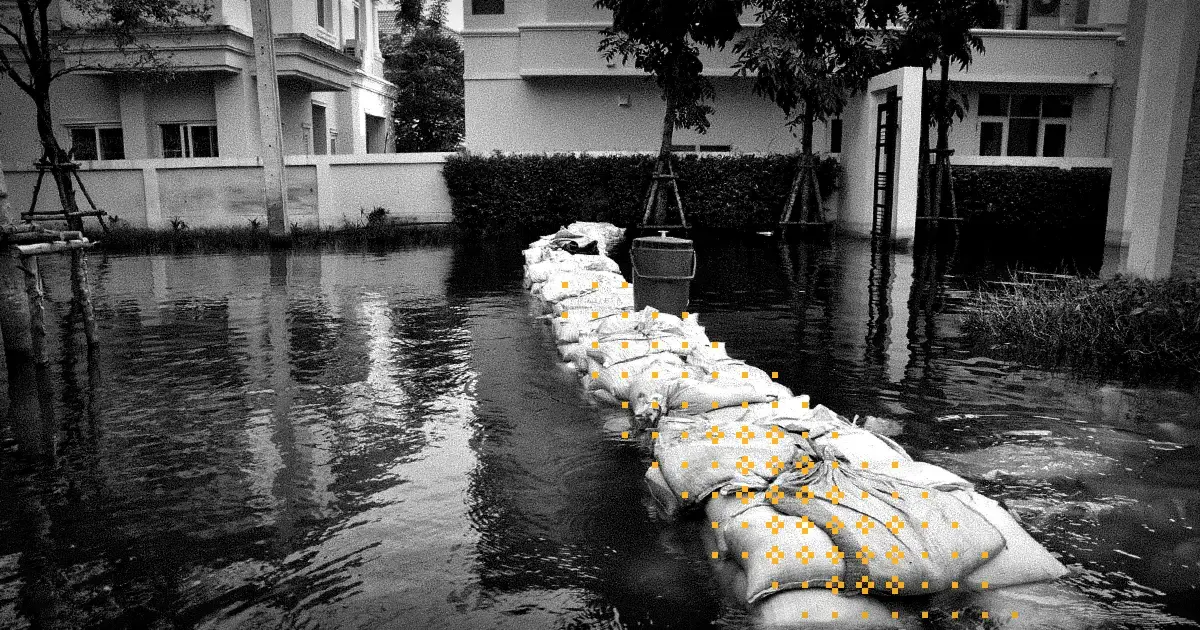In 2020, BlackRock CEO and founder Larry Fink stated that “climate risk is investment risk” in his annual Letter to CEOs. It announced a sea change in how BlackRock and the wider investment management sector would conduct their investment practices. Since then Larry Fink has doubled down on ESG policies and has shown that he expects the companies BlackRock invests in to do the same.
BlackRock and most other large investment managers now recognize the importance of including climate-related physical and transitional risks in their financial risk assessments. To that end, investors are increasingly looking to the companies they invest in for accurate and comprehensive climate data. More than 680 financial institutions worth over $130 trillion in assets requested environmental data through CDP from 10,000+ companies in 2022.
This blog will explore the steps to take after you receive a request for a climate disclosure from an investor. Starting from the inception of creating the strategy of how and what to measure to the implementation of disclosure of your climate information.
Steps to Take When Completing Your First Climate Disclosure Request
If there is already a system in place for measuring and disclosing climate information, conducting a ‘gap analysis’ may be the best place to start. This will help you understand where within your organizational boundaries lacks sufficient greenhouse gas measurements, and what parts of your strategy and governance need updating to meet the disclosure request of your investor.
However, if you are starting from scratch here are some steps you can take to make sure your emissions inventory is extensive and accurate to fulfill the needs of your investor request for a climate disclosure:
1. Ensure you are aligned with applicable standards and frameworks
The first step to measuring carbon accurately is ensuring you are aligned with the relevant reporting frameworks. The original and most commonly used carbon accounting framework, the Greenhouse Gas Protocol (GHGP), details the carbon measurement process from data collection to reporting and everywhere in between. Additionally, the Task Force for Climate-related Financial Disclosures (TCFD) and CDP are the most common climate disclosure standards that investors like Blackrock use for their disclosure requests. CDP has a series of climate-based TCFD-aligned questions it asks, which most investors use as a common language for explaining climate-related information.
2. Identify internal stakeholders
Governance is a critical element of a climate action plan. This is emphasized by the fact that the first section in CDP’s Climate Change Questionnaire asks about your governance structure. First, identify who at the board level oversees climate-related risks and opportunities within the organization (e.g., CEO, CFO, CSO). Then look for which management-level positions or committees must be involved. From there, you’ll want to bring in the various stakeholders responsible for collecting and contributing emissions data across departments such as facilities, IT, HR, etc. The earlier you’re able to do this in the process, the better, as this data can live in several different places and formats.
3. Define your organizational and operational boundaries
To define what data to collect, an organization must first decide its organizational and operational boundaries. An organizational boundary refers to whether the organization is part of an umbrella company or a subsidiary, and determines whether the operation is in financial control of the assets or operational control as it refers to the gas emissions. Whereas an operational boundary defines the scope of direct and indirect emissions within the organizational boundary.
4. Collect carbon emissions data
From a Scope 1 and 2 perspective, GHG data can be collected fairly easily. With direct emissions, accurate data collection can be made by measuring the amount of fuel your vehicle fleet or buildings use. Indirect emissions can be obtained by asking energy providers who can give accurate estimates. Scope 3 however is much more difficult, as it includes the up and downstream emissions within your value chain, requiring a substantial amount of data collection, calculations, and engagement with external stakeholders.
5. Pick the right tools for the job
Once data has been collected, historically that information is manually input into complex excel spreadsheets. Now with the emergence of carbon accounting software like climate management and accounting platforms, climate data uploads can be automated and done in bulk to save time and costs, reduce risks, and support audits. Climate management and accounting platforms are aligned with all of the important disclosure frameworks that investors like Blackrock use such as the CDP, TCFD, and GHGP, and can therefore automate compliance with them.
6. Develop a climate strategy, identify offsets, and reductions
Once you understand how much carbon you are working with and where your operation produces the most, it is easier to make reduction strategies and goals. A climate management and accounting platform helps you build a climate action plan, identify areas of the business that would benefit from reduction initiatives vs. offsets, and understand other climate-related risks and opportunities.
Once you have conducted a fully comprehensive climate assessment, you will then be prepared to fill out a CDP questionnaire, which Blackrock and most investors use. It is now your job to work towards the goals you have set and record how you have performed against them as these questions will be asked in subsequent requests for climate disclosures.
How to Ensure Investors Know Your Climate Disclosure is Accurate
Industry organizations such as Forrester and the Center for Climate and Energy Solutions have created guides and best practices to assist enterprises or first-time reporters with the demands of accurate disclosure to investors through the CDP. One of the critical aspects of your climate disclosure journey, and to ensure your climate disclosure is accurate, is automating the process, according to the Forrester Corporate Climate Change Disclosure Template.
The best way to automate the climate disclosure process and ensure your carbon footprint is rigorous and accurate is with carbon accounting software. To find out how carbon accounting software can improve the accuracy of your climate disclosures and start to automate the process, schedule a demo.


.png)


